Siba Sahabi's Persona masks look like wearable architecture models
October 27, 2018Designer Siba Sahabi's collection of blue wooden masks are intended to question today's culture of digital self-representation, but could also double as last-minute architectural Halloween costumes.
The set of nine Persona headpieces are formed from layers of 18-millimetre-thick balsa wood – a soft timber commonly used for architecture model-making – cut using a computer numerically controlled (CNC) machine.
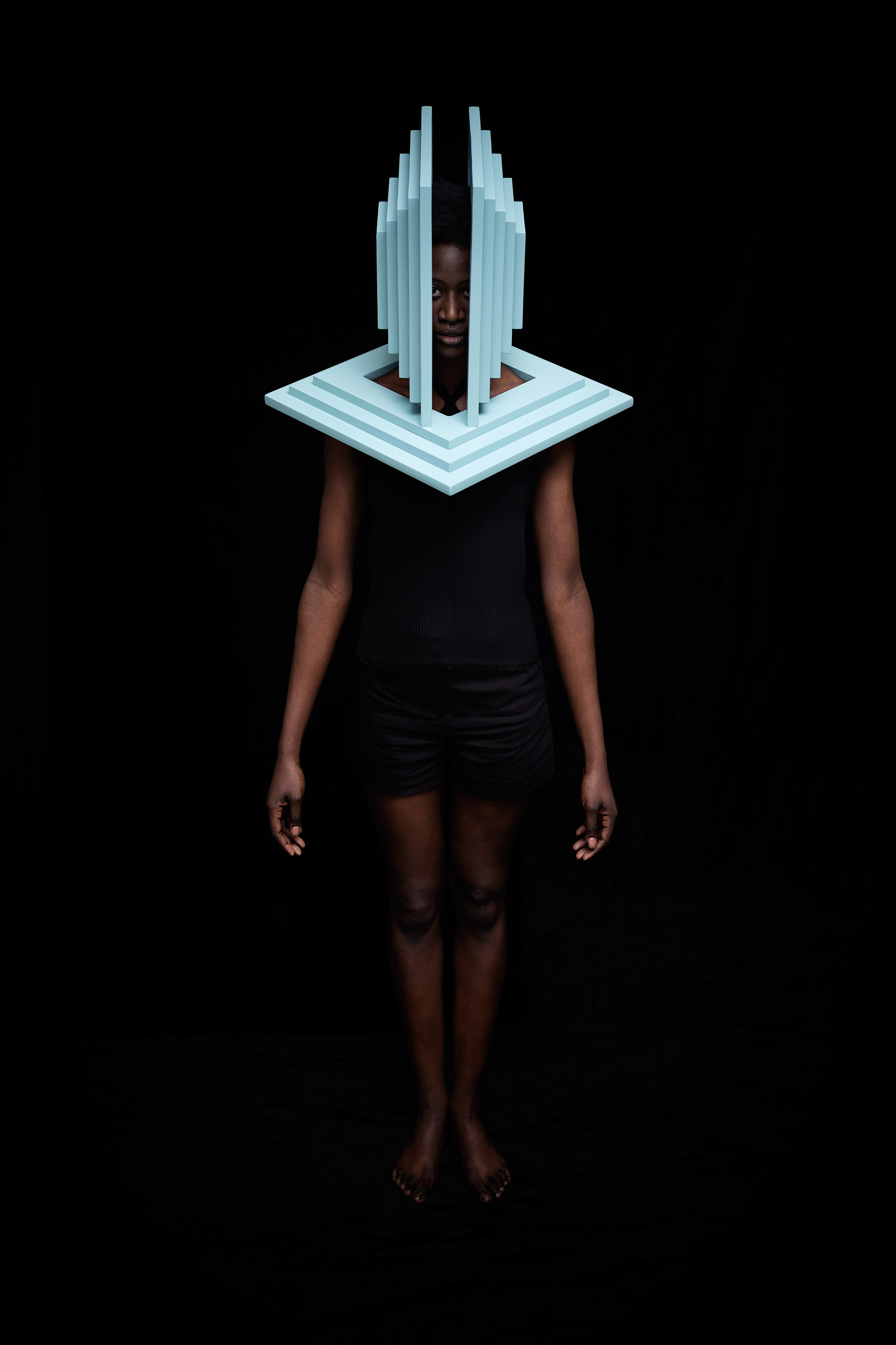
Finished with a light blue coating, reminiscent of the foam that is also a favourite with model makers, the masks are built up in stepped layers to form geometric shapes up to 60 centimetres (24 inches) in height.
Some resemble the crowns of art deco skyscrapers, while others could be mistaken for the radical designs of Italian firm Superstudio from the late 1960s.
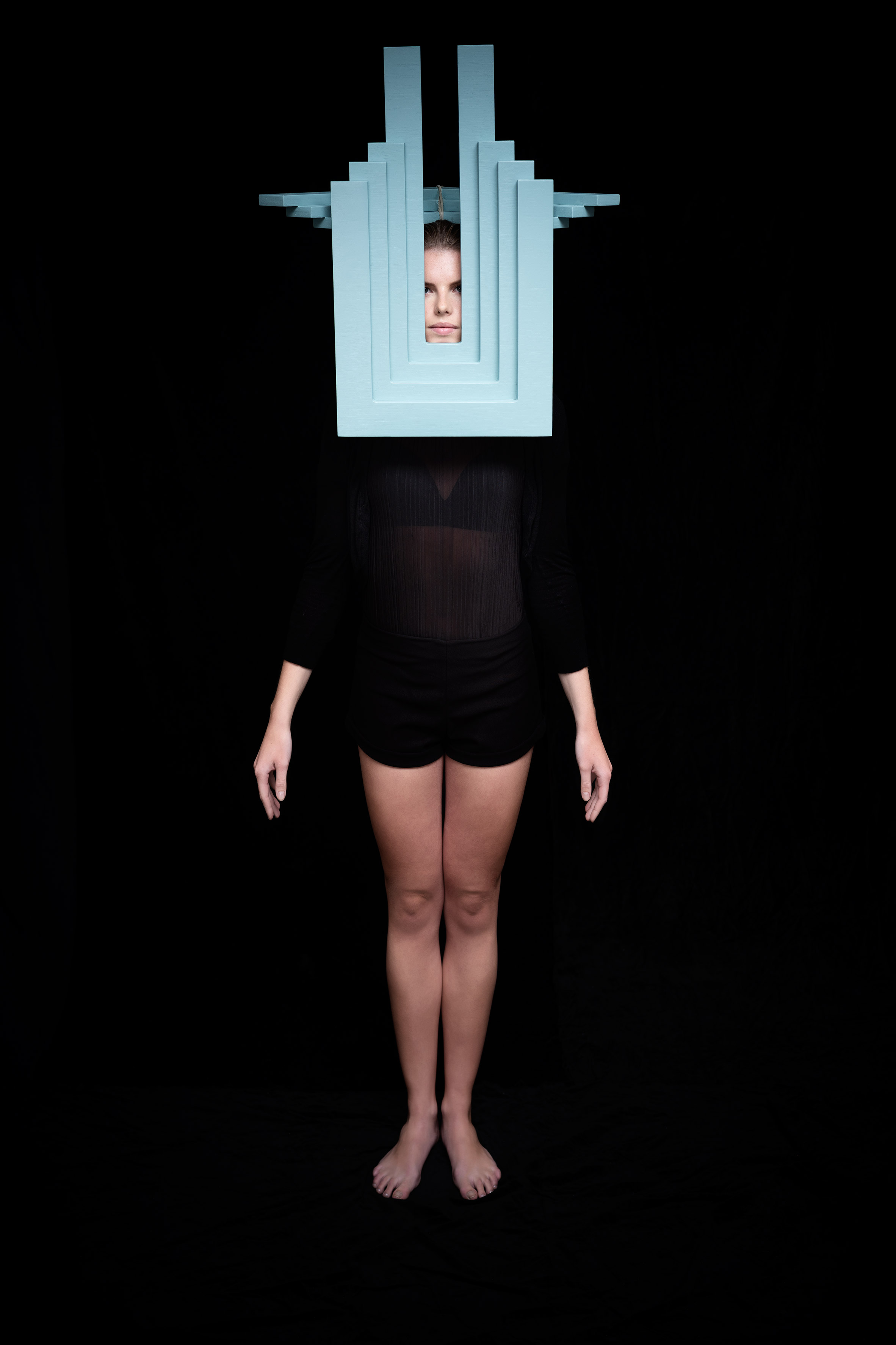
However, the designer created the collection to explore "investigate the nature of individualism", according her project description.
The title, Persona, is taken from the Latin term that originally referred to wooden theatre masks. Sahabi was curious about how this has grown to encompass the aspects of ourselves that we want to show to others.
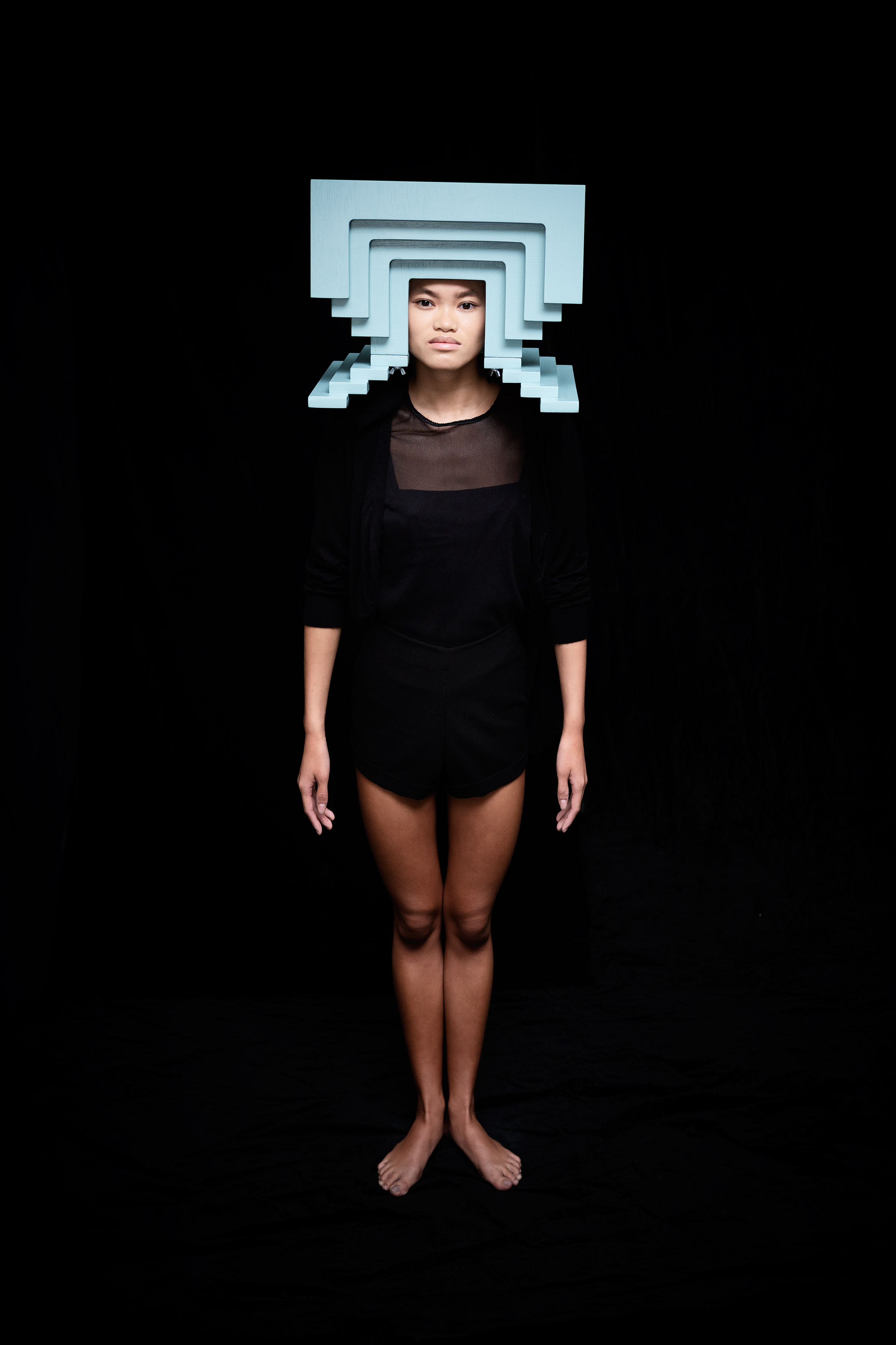
"Western psychiatry describes persona as the social face the individual presented to the world," she said, "and CG Jung described it as 'a kind of mask, designed on the one hand to make a definite impression upon others, and on the other to conceal the true nature of the individual'."
Sahabi's fascination was sparked particularly by social media, through which some users present an edited or curated version of themselves.
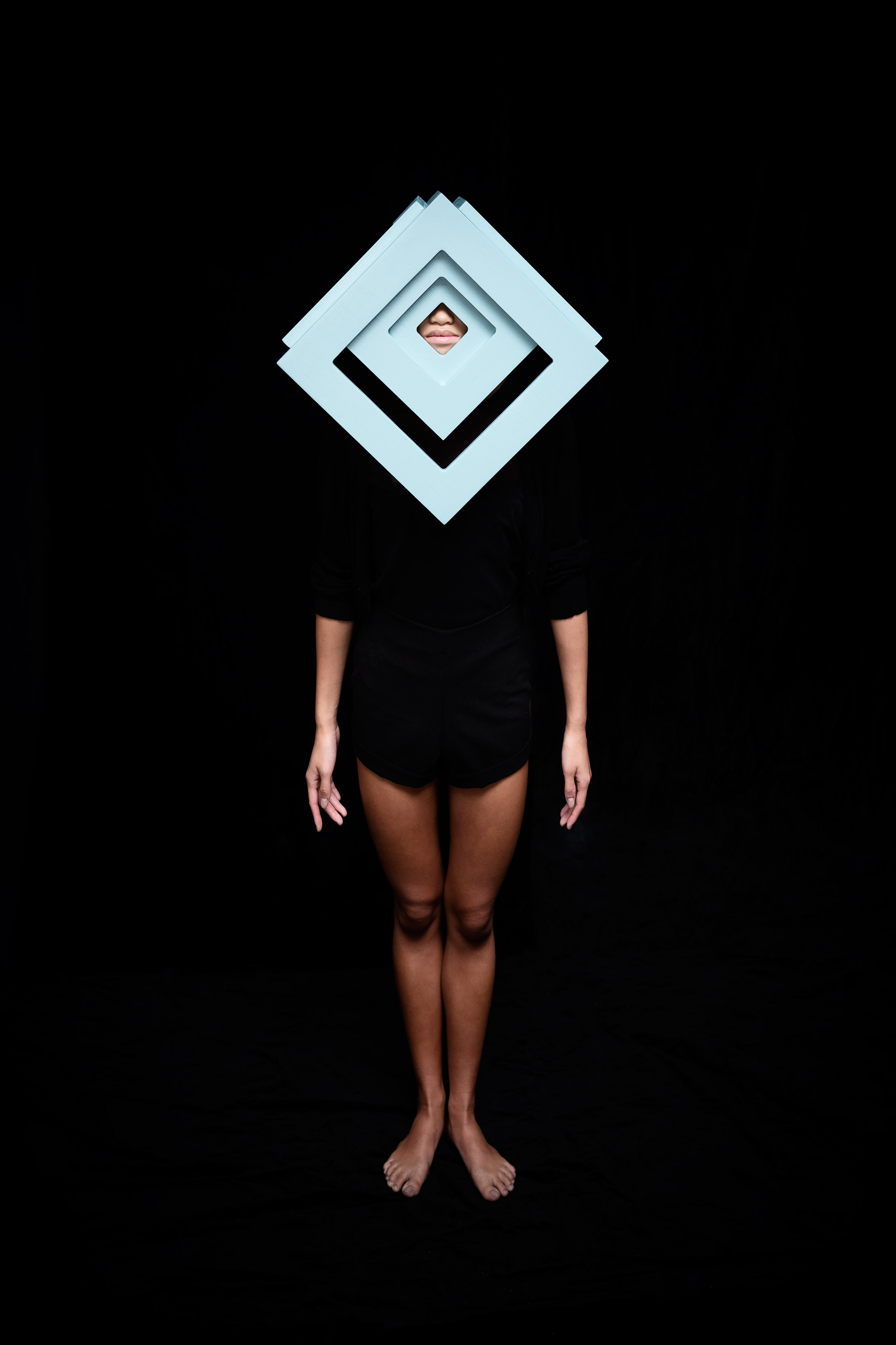
"The 21st century can be described as the 'era of the face'," said the German-Iranian designer. "The face has become a way to express cultural identity and, in the context of online social platforms, users extend this expression to the creation of a virtual persona."
"Depicting cultural identity through digital self-promotion is a relatively new phenomenon, but it is through our selection of digital self-portraits that we strive to find the 'right' balance between group identity and personal expression," she added.
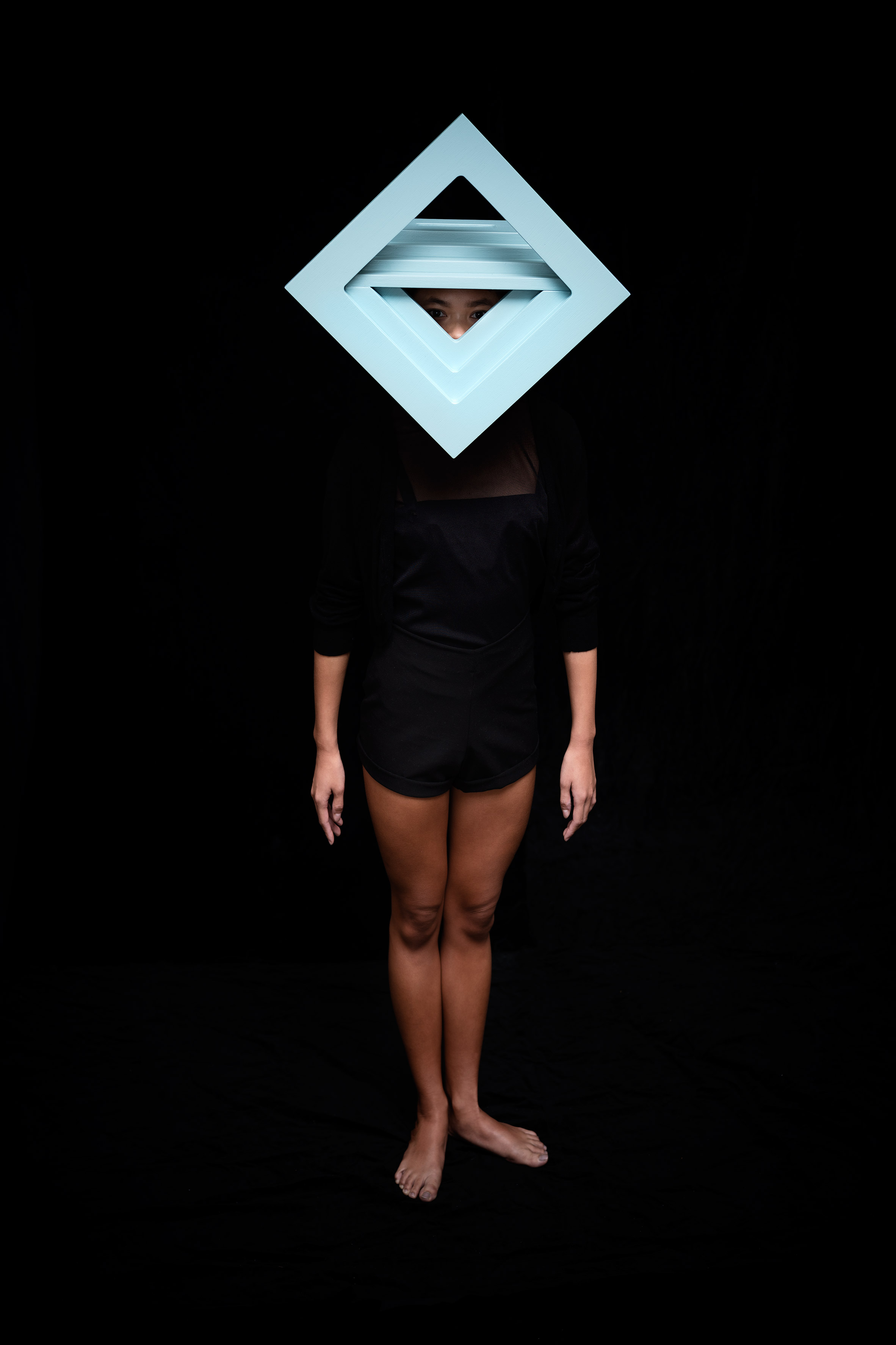
Each of the Persona designs is shaped to obscure parts of the head or face, but leave gaps for other areas so the wearer can either see or speak.
"This form allows the masks to stimulate communication while simultaneously creating distance," Sahabi said.
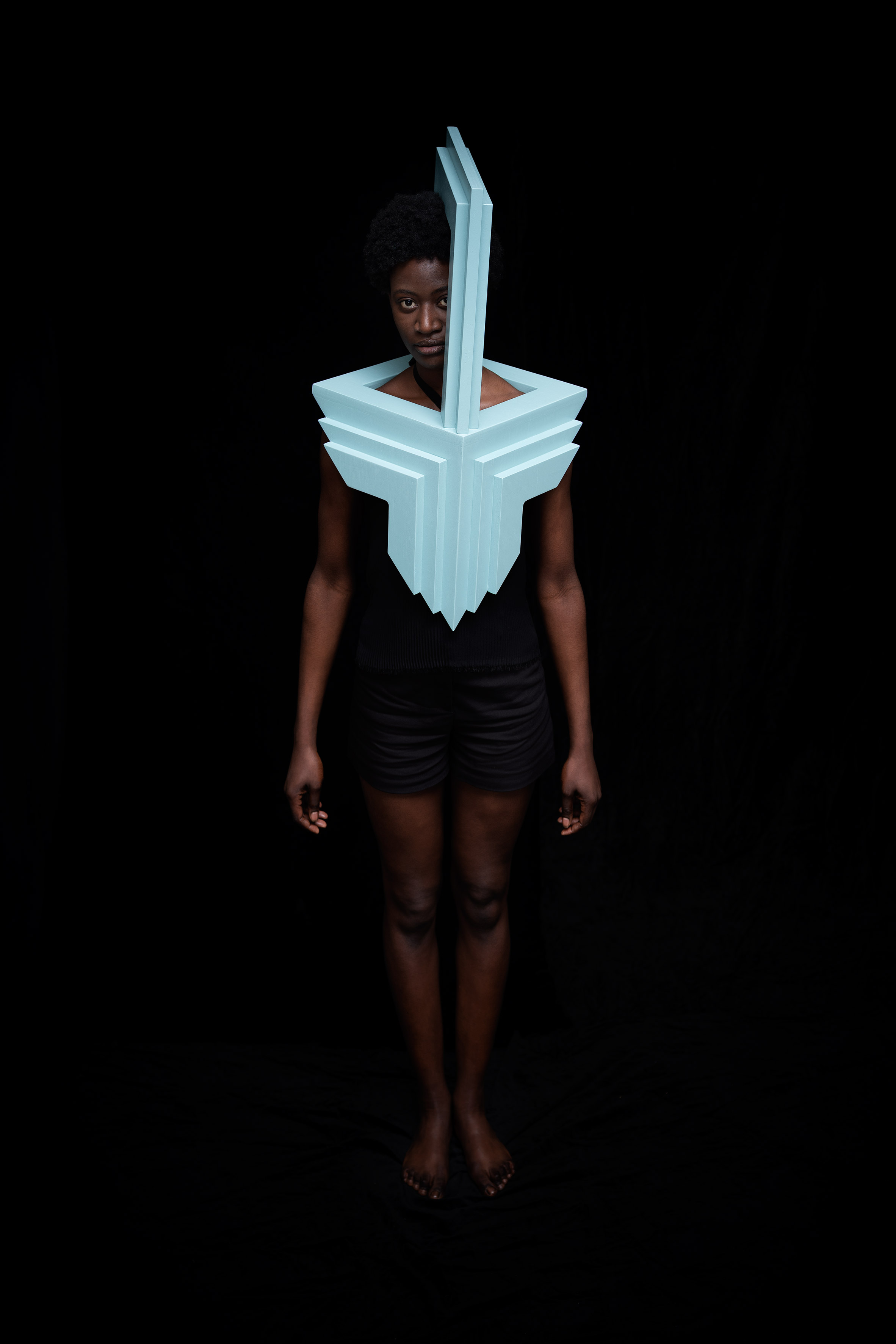
Based in the Netherlands, Sahabi's previous projects have also dealt with cultural identity, in a variety of ways. Her Between Two Rivers series of felt vessels, which were coiled on a potter's wheel, are designed to resemble artefacts from the earliest civilisations of Mesopotamia.
The designer has also produced felt candle holders based on the shapes and colours of Istanbul's skyline, and a set of carafes, goblets and cups that draw on blackened Etruscan ceramics, using a similar spinning technique.
For those looking for more architecture-themed Halloween inspiration, check out our archive of costume designs.
Photography is by Arjan Benning.
The post Siba Sahabi's Persona masks look like wearable architecture models appeared first on Dezeen.
from Dezeen https://ift.tt/2yEahds
via IFTTT
0 comments